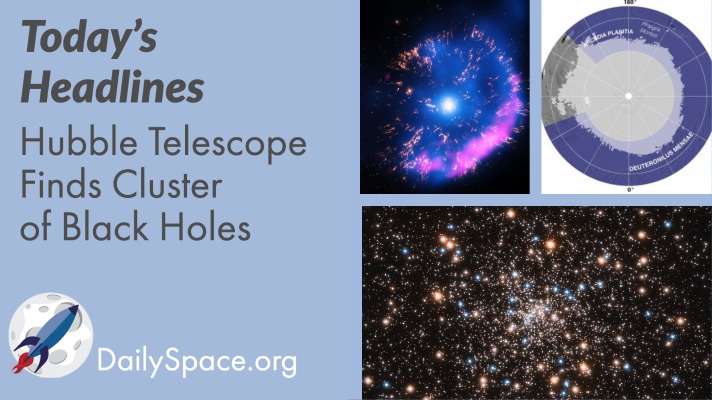
Feb 22, 2021 | Black Holes (Stellar), Daily Space, Exoplanets, Galaxies, Guest Interview, Mars, Milky Way, Our Solar System, Supernovae, White Dwarfs
While searching for an intermediate-mass black hole, scientists instead found a cluster of smaller black holes in the globular cluster NGC 6397. Plus, supernovae, meteorites, and an interview about mapping water ice on Mars with guests Gareth Morgan and Than Putzig from the Planetary Science Institute.
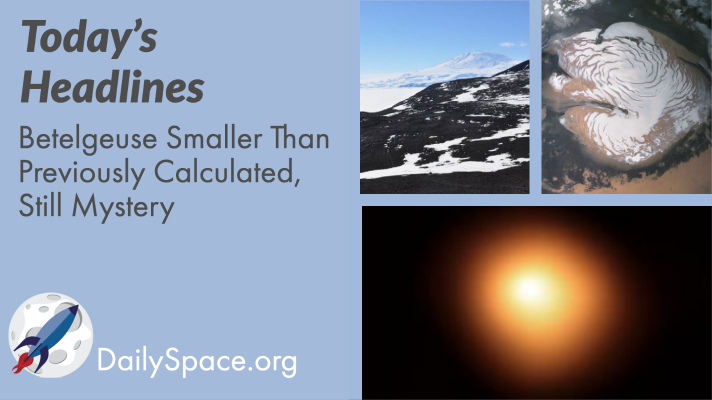
Feb 11, 2021 | Cassini, Climate Change, Daily Space, Earth, Galaxies, Mars, OSIRIS-REx, Saturn, Stars
Scientists collected fresh data on Orion’s bright star Betelgeuse to try and understand this star that caused so much controversy last year. They found it’s smaller than previously calculated, and last year’s dimming was likely caused by dust, but it’s also more complex than thought. Plus, galaxies, Earth’s forests, ice on Mars, and Saturn’s moon Rhea.
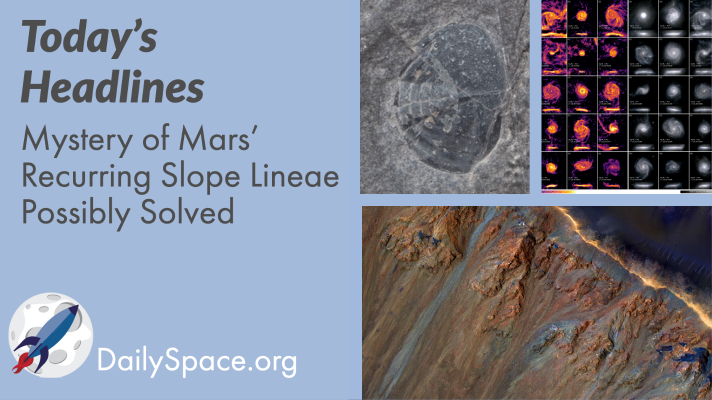
Feb 8, 2021 | Climate Change, Earth, Galaxies, Mars, Neutron Stars / Pulsars, Sky Watching, Stars
A new theory has been proposed that could answer the question of what causes recurring landslides on Mars: small-scale ice melting just below the surface may leave the regolith vulnerable to wind. Plus, a look at some of Earth’s ancient climate changes, a gamma-ray source, puffy galaxies, and this week’s What’s Up.
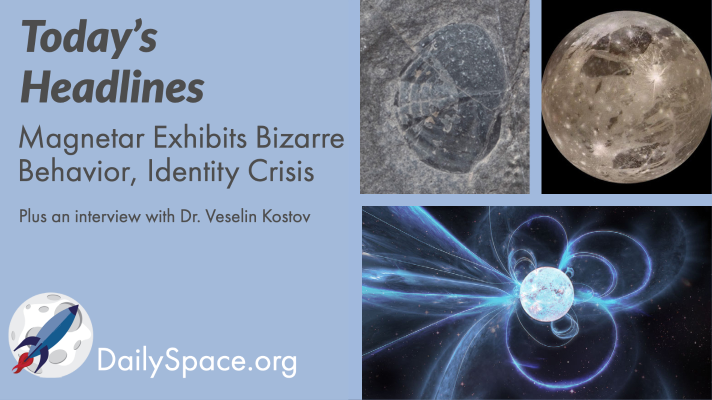
Feb 3, 2021 | Daily Space, Dark Matter, Galaxies, Guest Interview, JAXA, Jupiter, Mars, Neutron Stars / Pulsars, Stars
A radio-loud magnetar first observed in March 2020 suffered an apparent identity crisis, behaving like a pulsar until gradually settling into magnetar-like emissions in July. Plus, Mars’ moon Phobos, Jupiter’s moon Ganymede, and an interview with SETI Institute scientist Veselin Kostov about last week’s sextuple star system.
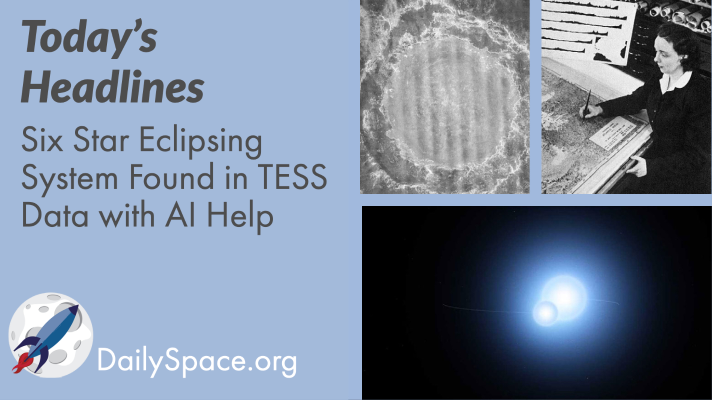
Feb 3, 2021 | Astrobiology, Daily Space, Earth, Exoplanets, Perseverance, Space History, Stars, Venus
A new system has been found that consists of six stars in three binary pairs, which are producing a bevy of eclipses with each other. They were found in TESS data with the help of machine learning. Plus, Venus, more exoplanet news, difficulties with the record of early life, and a look back at Marie Tharp’s groundbreaking work.
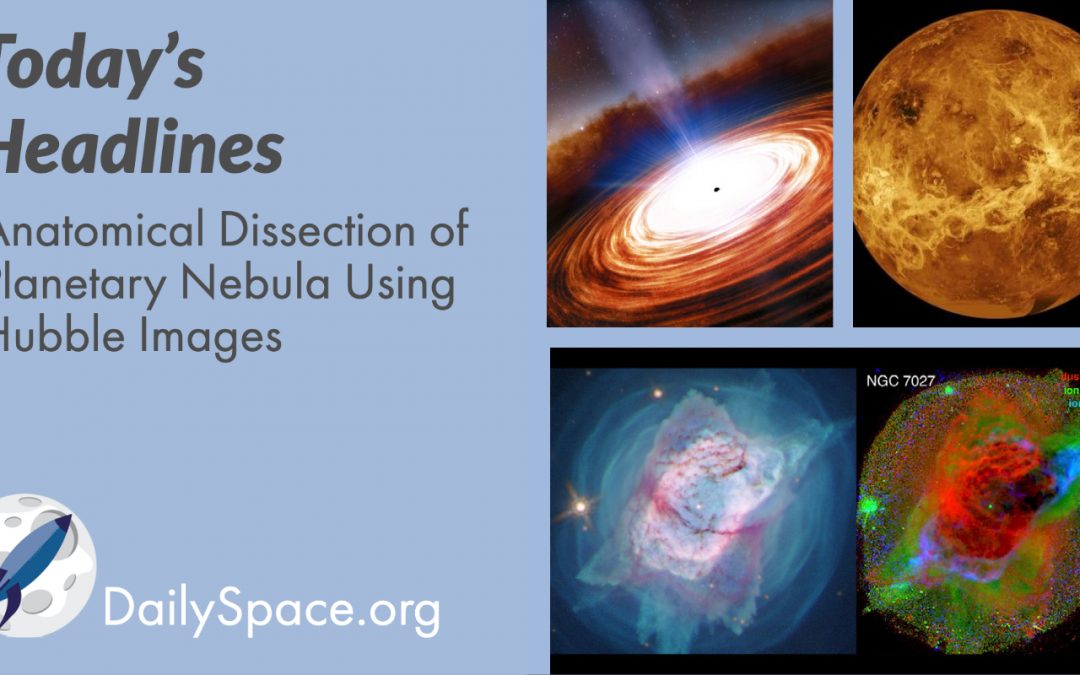
Jan 20, 2021 | Climate Change, Daily Space, Exoplanets, Galaxies, Guest Interview, Jupiter, Neutron Stars / Pulsars, Physics, Planetary Nebulae, Quasar, Supermassive Black Holes, Venus
Our coverage of last week’s AAS meeting continues with new work on the formation of planetary nebula based on Hubble Space Telescope images. Plus, a massive quasar in the early universe, water ice on Ganymede, a super-puff planet, and plans for taking spectra of Venus’ surface, featuring our guest, PSI scientist Dr. Darby Dyer.








 We record most shows live, on Twitch. Follow us today to get alerts when we go live.
We record most shows live, on Twitch. Follow us today to get alerts when we go live.